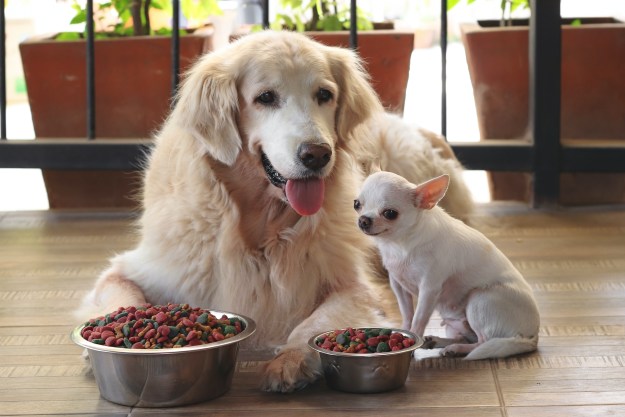Sadly for your pup, she probably doesn't get to consume a lot from your pantry. Most dogs do best with kibble because it has been perfectly formulated to suit all their dietary and even their dental needs. However, a little bit of chicken now and then won't hurt her, and can even work wonders for a sensitive stomach. After all, it's an excellent source of lean protein, omega 6, and glucosamine.
While there are plenty of dog foods that contain chicken-based ingredients (and plenty of nutrients), nothing quite beats the taste of fresh, homemade dog food. That being said, you might be curious about where to start or the right way to prepare fresh chicken correctly (and safely) for your pup. Let’s dive into how to cook chicken for dogs so they enjoy its benefits and delicious flavor.
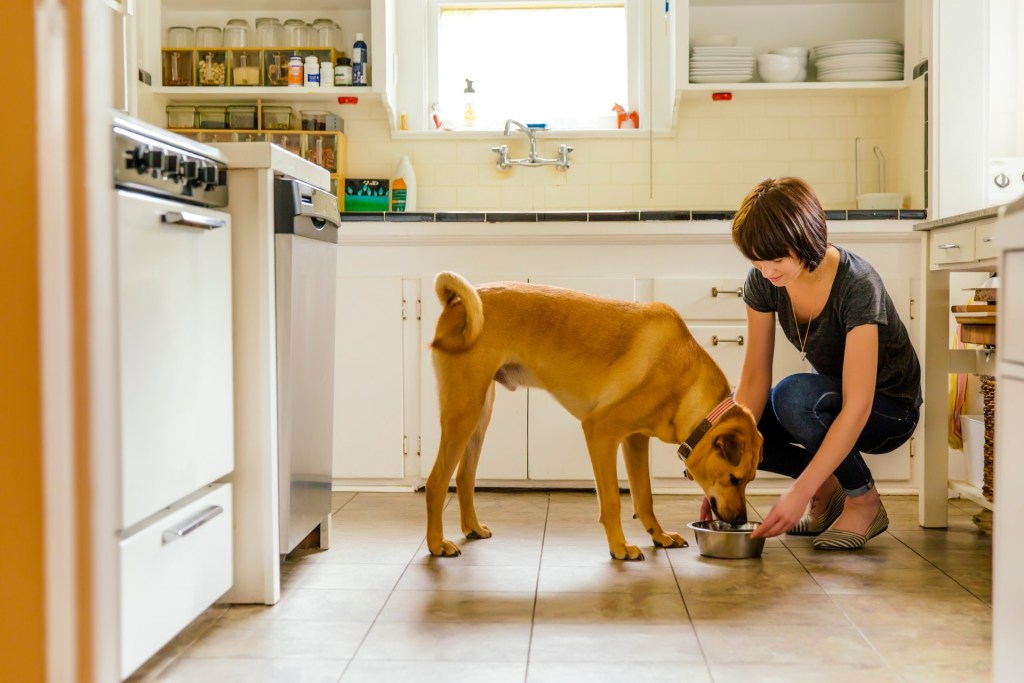
Things to know before you feed your dog chicken
Although chicken has a reputation for its mildness, you may be surprised to know there are some possible risks associated with this meat:
- Avoid salmonella or other bacterial infections by cooking chicken thoroughly before feeding it to your dog.
- Plain chicken is best for your pooch. Don’t add any seasoning, onions, or garlic when cooking your dog’s chicken at home.
- Chicken is the third most prevalent food allergy for dogs. If you think your furry friend may be suffering from a chicken allergy, remove the ingredient from their diet and contact your vet right away.
- Keep bones out of your dog’s plate. They are a choking hazard and can even puncture your pup’s stomach and intestines.
- Stick to the chicken breast, which is low in fat and healthier for your dog. Fatty foods can lead to pancreatitis in dogs.
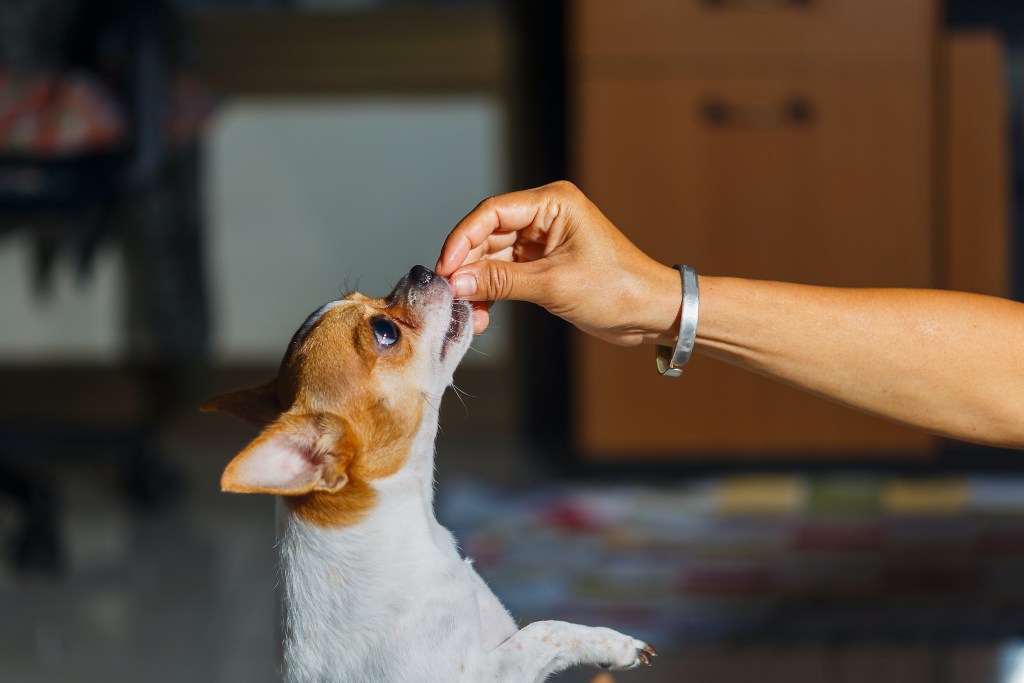
Is chicken good for dogs with sensitive stomachs?
Chicken and rice is a popular recipe that helps dogs who suffer from upset stomachs. Simply prepare white rice without any seasonings and mix it with your dog’s chicken to calm his tummy.
Keep in mind that brown rice is harder for dogs to digest, so white rice is the best way to go. Also, be sure to leave out any onions or garlic — we can't stress this enough. These plants are toxic to dogs and shouldn’t be fed raw, cooked, fried, or powdered.
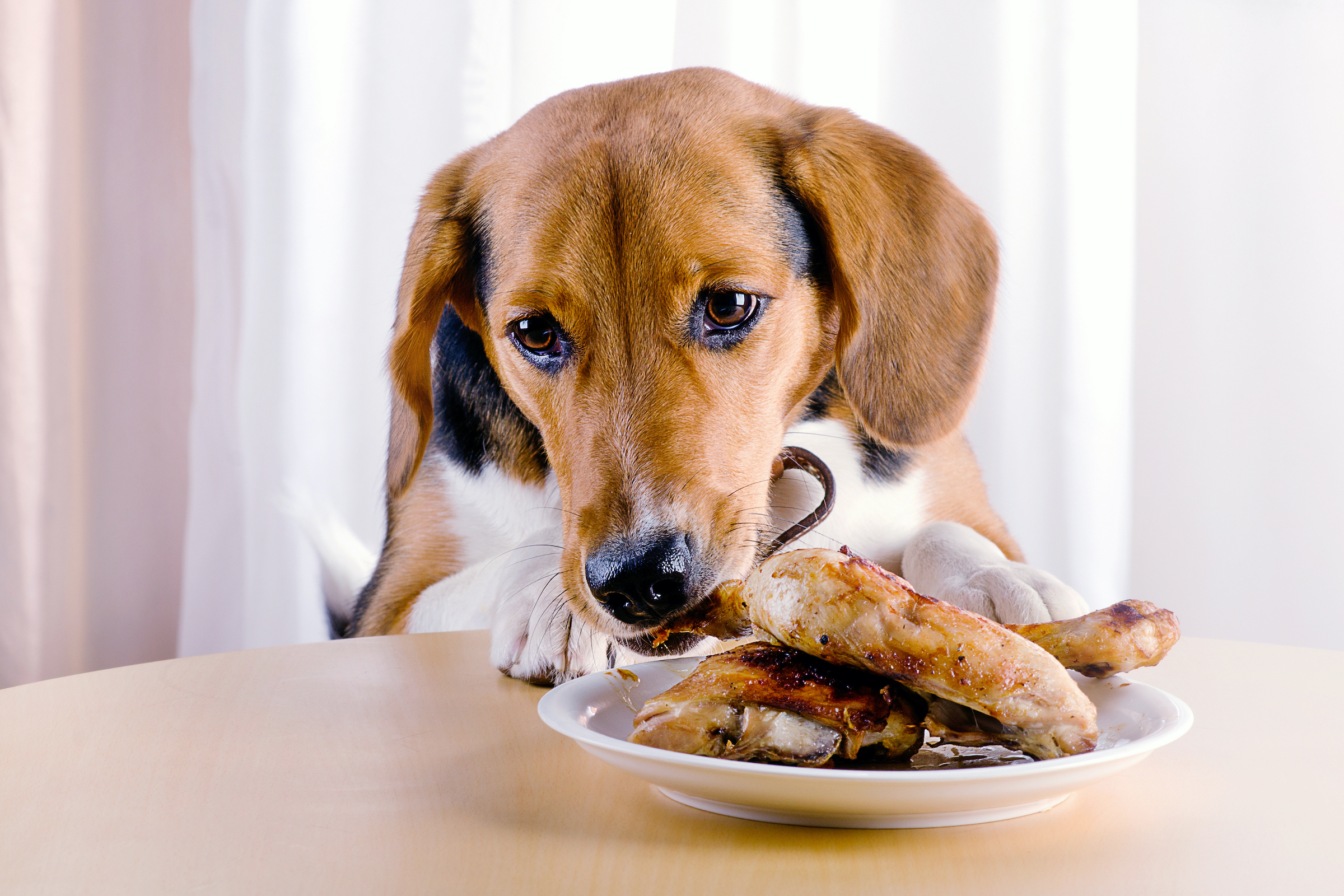
What is the best way to cook chicken breast for dogs?
As mentioned, your goal is to provide a bland diet, which means no seasonings, oil, or salt. Naturally, that limits how you can successfully prepare the meat for your pooch — certainly anything us humans would consider delicious like fried or glazed is firmly off the table.
The two most common recommended ways to cook chicken for dogs are boiled or baked. We'll walk you through each so you can switch it up as needed. Or better yet, try both and see which one Fido prefers.
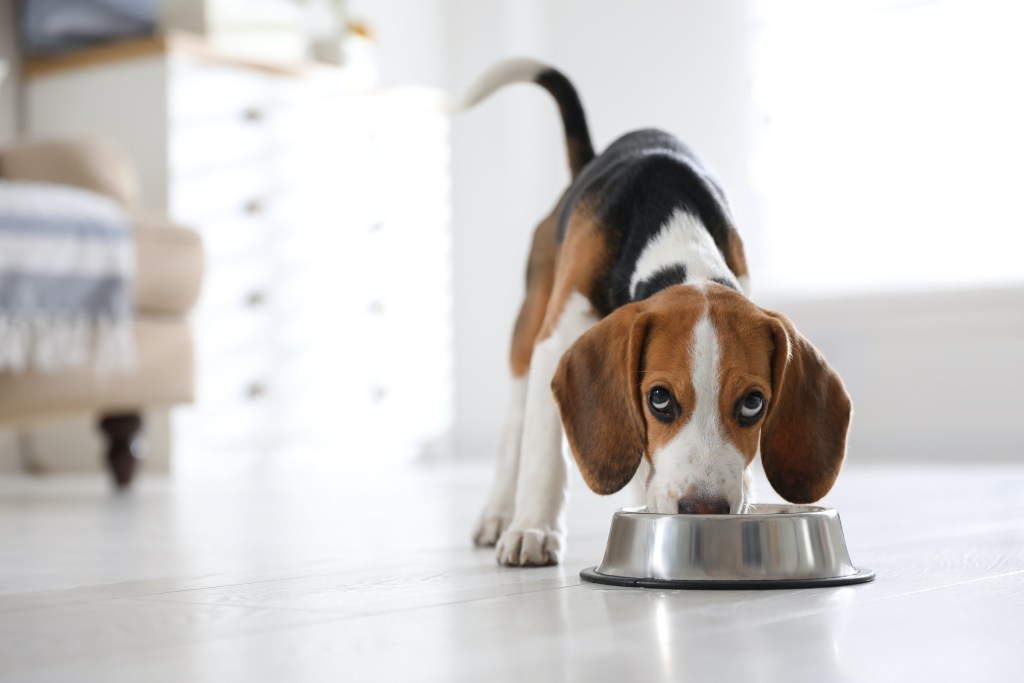
How to boil chicken for dogs
Unlike their pet parents, dogs love plain boiled chicken. Their tummies don’t do well with seasoning and their palates actually prefer the natural flavors of meat (perhaps it brings out their wolfy side). Here’s an easy step-by-step process for you to whip up a dish that your pup will love.
Step 1: Place chicken breasts in a medium-size pot with water.
Step 2: Cover the pot and bring the water to boil.
Step 3: Boil the chicken for 12 minutes over high heat or until completely cooked.
Step 4: Shred the cooked chicken and let it cool off to avoid burns.
Step 5: Feed your dog a small portion and store leftovers for up to four days.
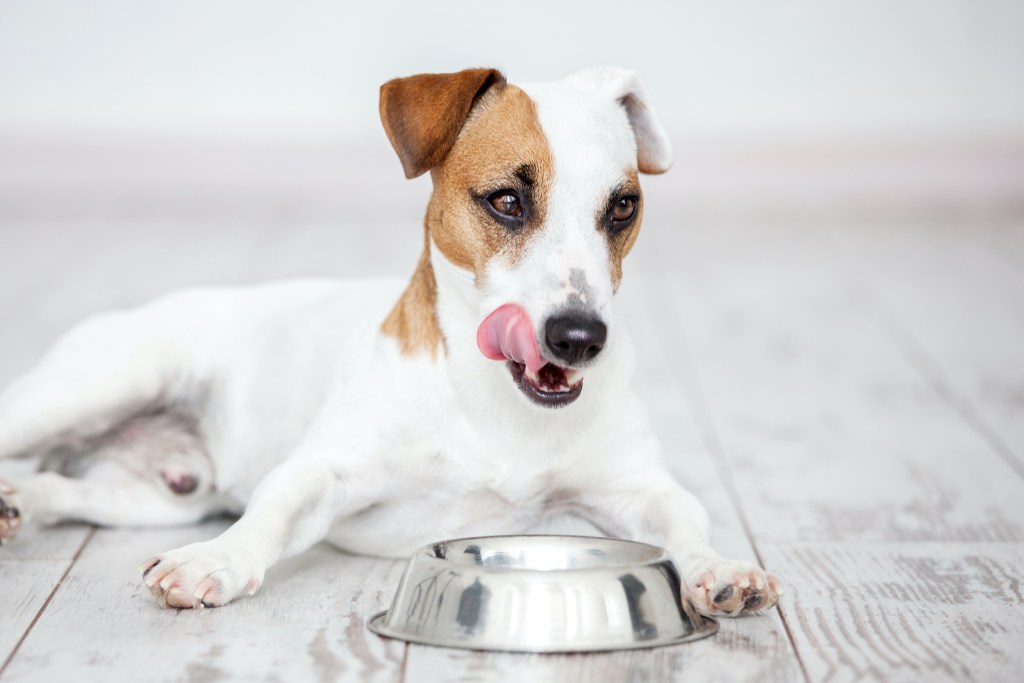
How else can you cook chicken for dogs?
Foodie dog parents may want to get more creative in their pup’s meal prep. If you love the health benefits of chicken but want to change things up for your dog, consider baking his chicken.
Step 1: Preheat your oven to 400 degrees Fahrenheit.
Step 2: Place the chicken in an oven-safe container with a little oil to avoid sticking.
Step 3: Cook the meat thoroughly — about 20 to 30 minutes.
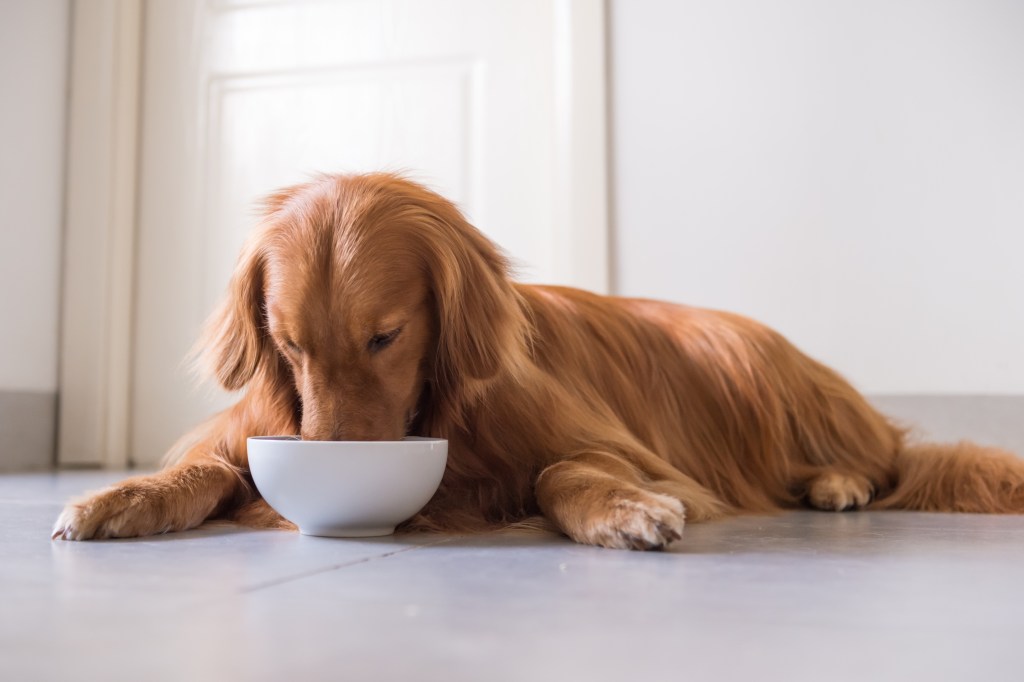
What else can I add to my pet's chicken?
To enhance Fido’s diet, you can add other ingredients that make meals more filling and nutritional. Here are some ideas:
- Plain yogurt: Use it to boost your dog’s protein and calcium intake.
- Canned pumpkin: This is a great source of vitamin A and helps with digestion.
- Cooked veggies: Green beans, carrots, and broccoli add fiber to your pup’s diet. Just keep it under 10% to avoid digestive issues.
- Dog food: Mix the fresh chicken with wet or dry food for a tasty treat and extra flavor.
- Vitamin supplements: Sprinkle powdered dog vitamins on your pooch’s meals to make sure they get all the nutrients they need.
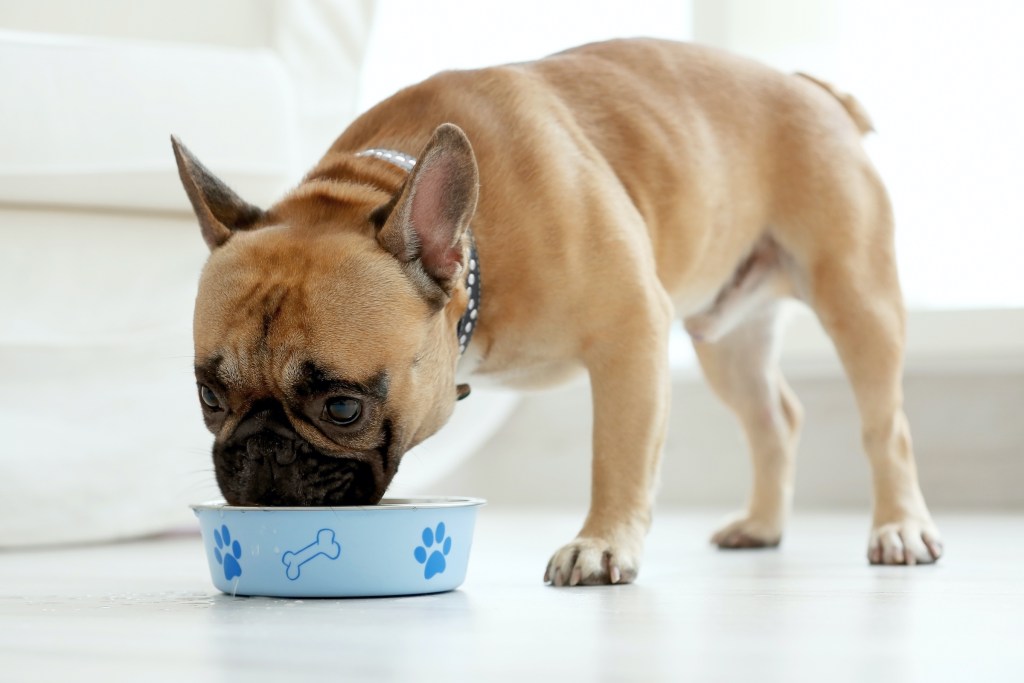
How often should your dog eat chicken?
Chicken breasts are excellent for dogs that need extra protein in their diets, especially if the meal is free of additives, hormones, or other potentially harmful ingredients. If you don’t want your dog to eat chicken exclusively, limit these meals to once or twice per week.
Just remember to consult with your dog’s vet before making any drastic changes to their diet, especially if you’re concerned about stomach issues or the nutritional balance. If you’re cooking chicken for your dog as opposed to feeding them dry dog food, they will be just as thrilled as you are to be treated to such a nutritious, delicious meal. In their eyes, you’ll definitely be pet parent of the year!
Editors' Recommendations
- 5 surefire ways to keep your dog off your bed and get a good night’s sleep
- Are ‘dog years’ really 7 human years? How to calculate your dog’s age
- Taking your dog’s collar off at night: Safe move or safety risk?
- Xylitol is dangerous for dogs: 10 surprising products that contain it as a hidden ingredient
- Is your dog barking nonstop? Here’s how to get your noisy pup under control



